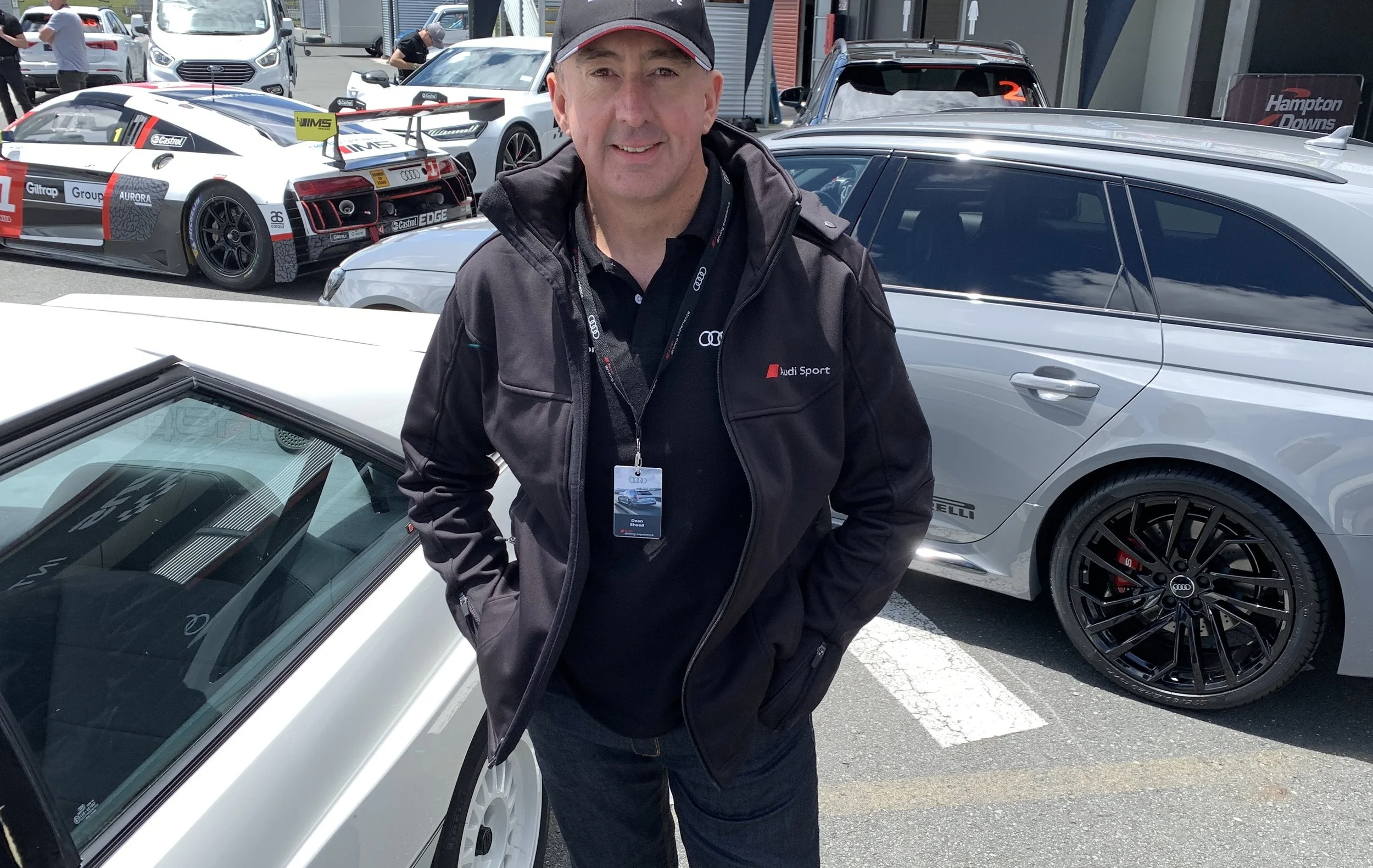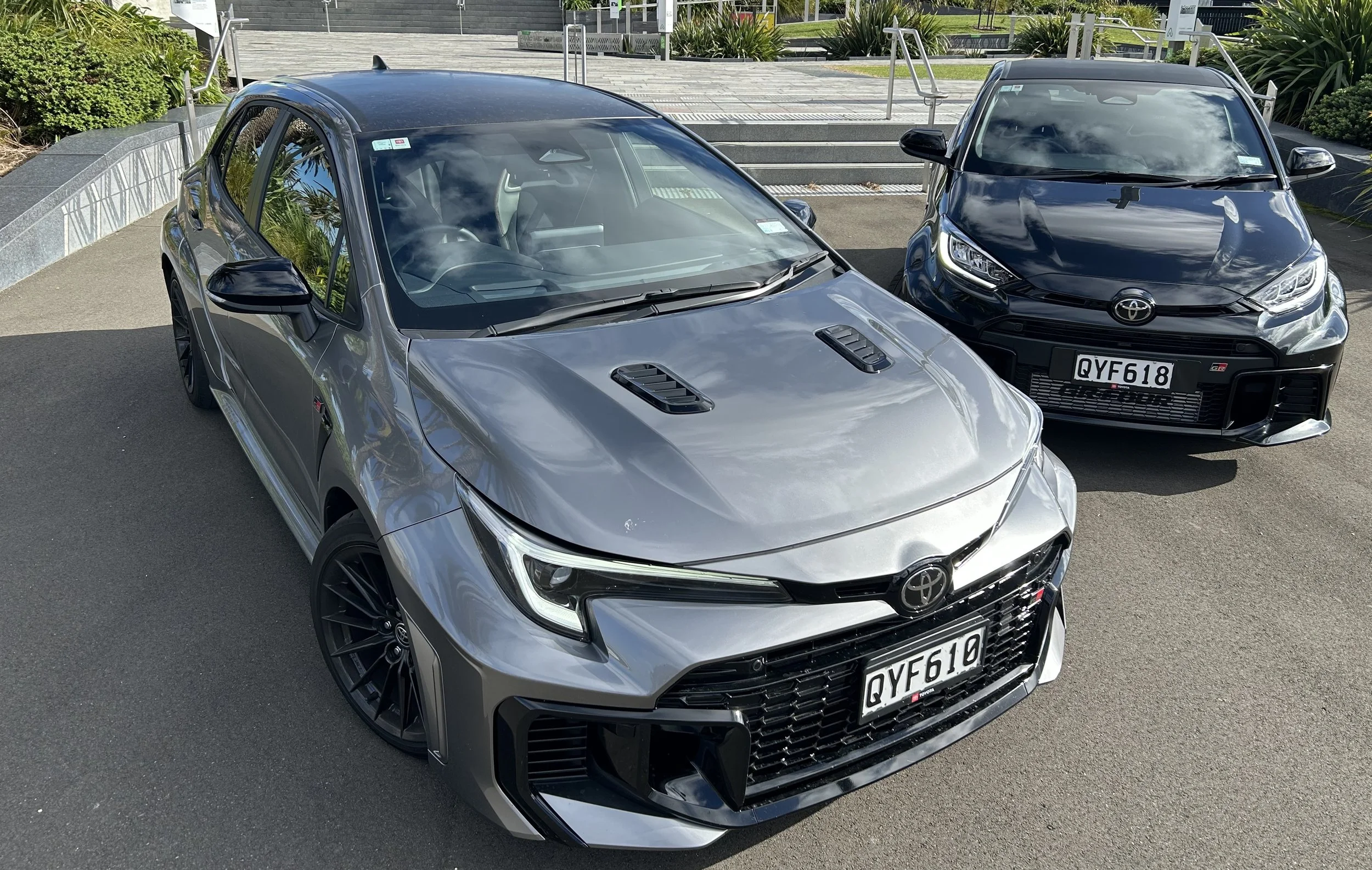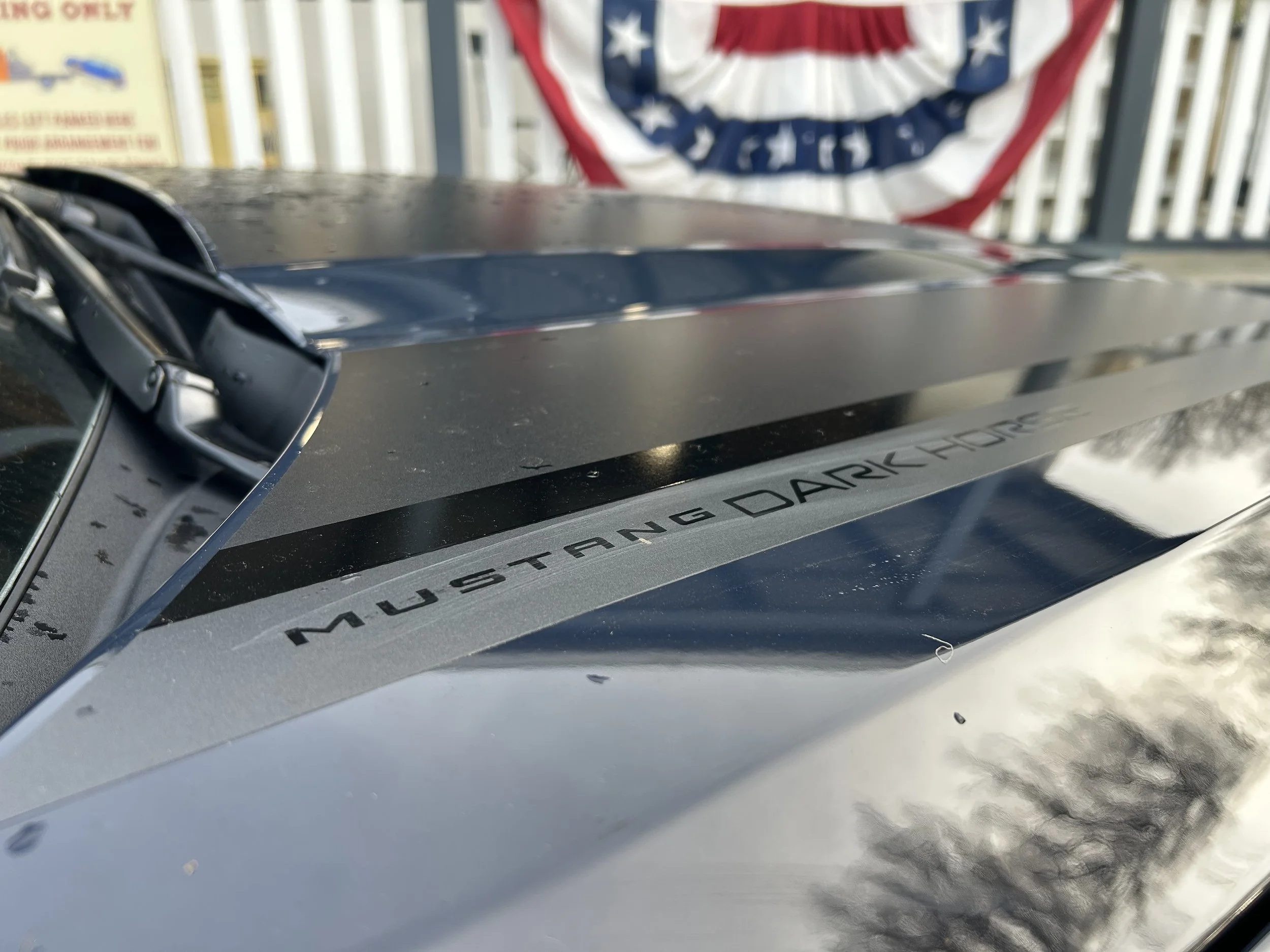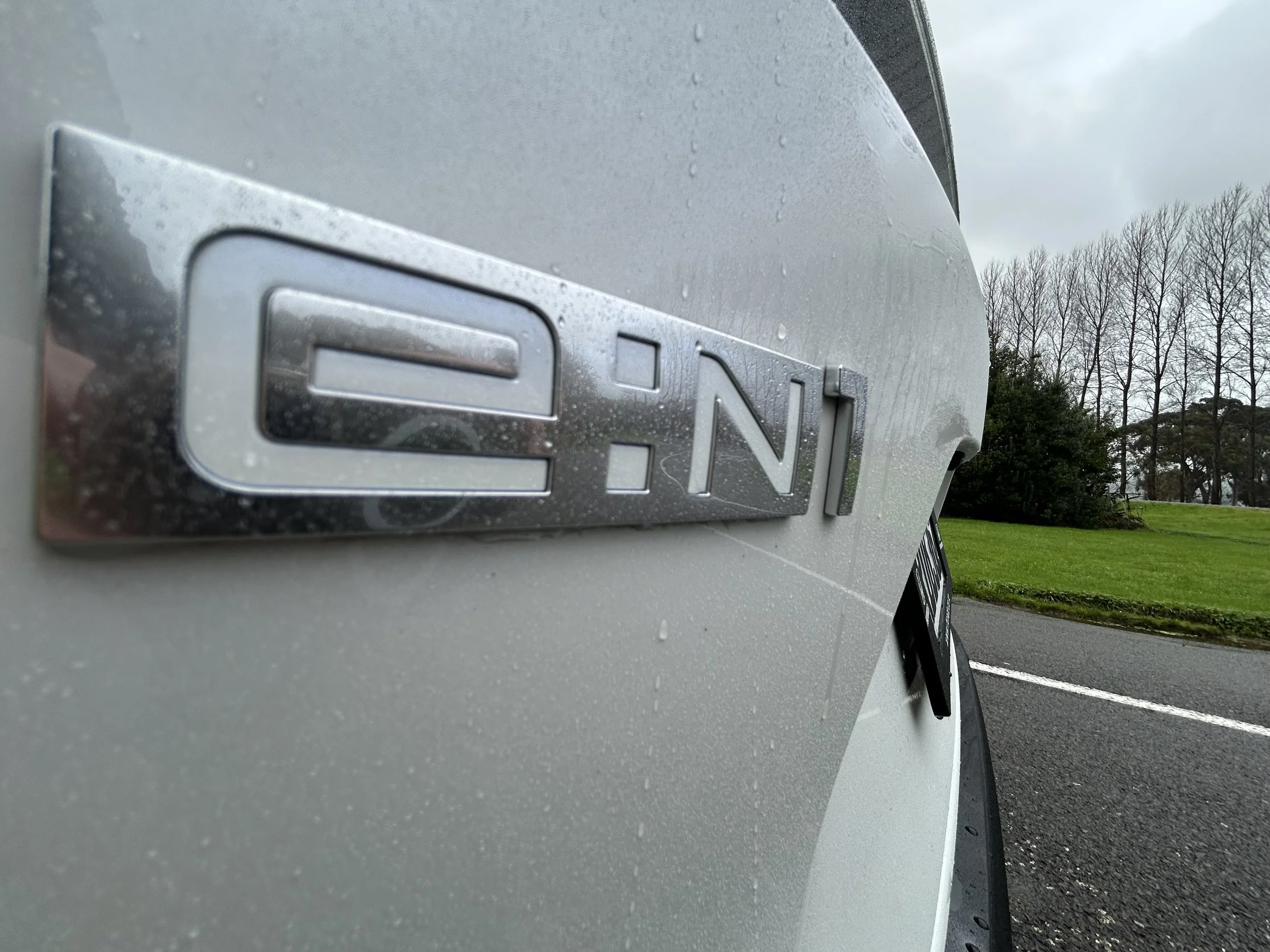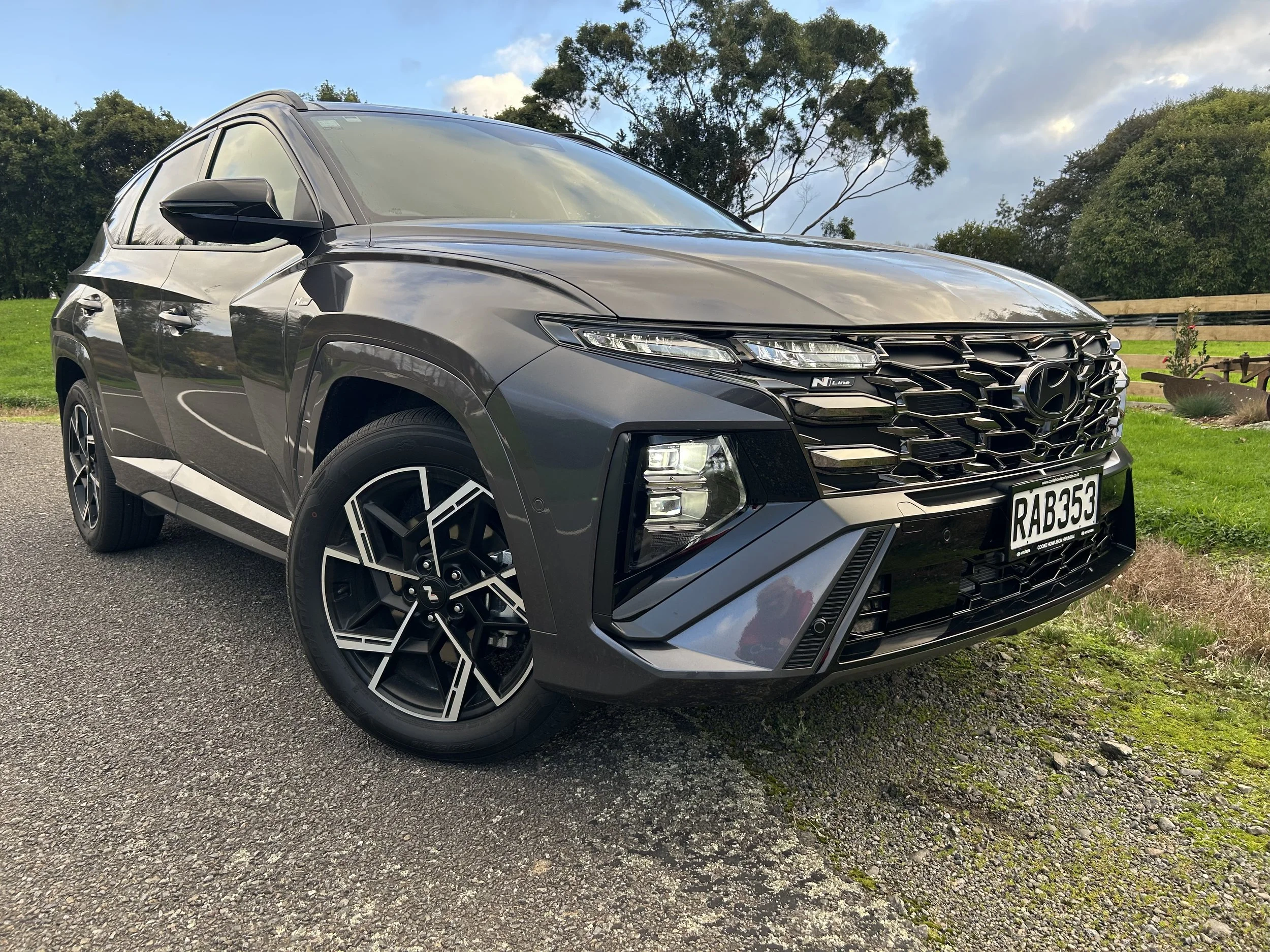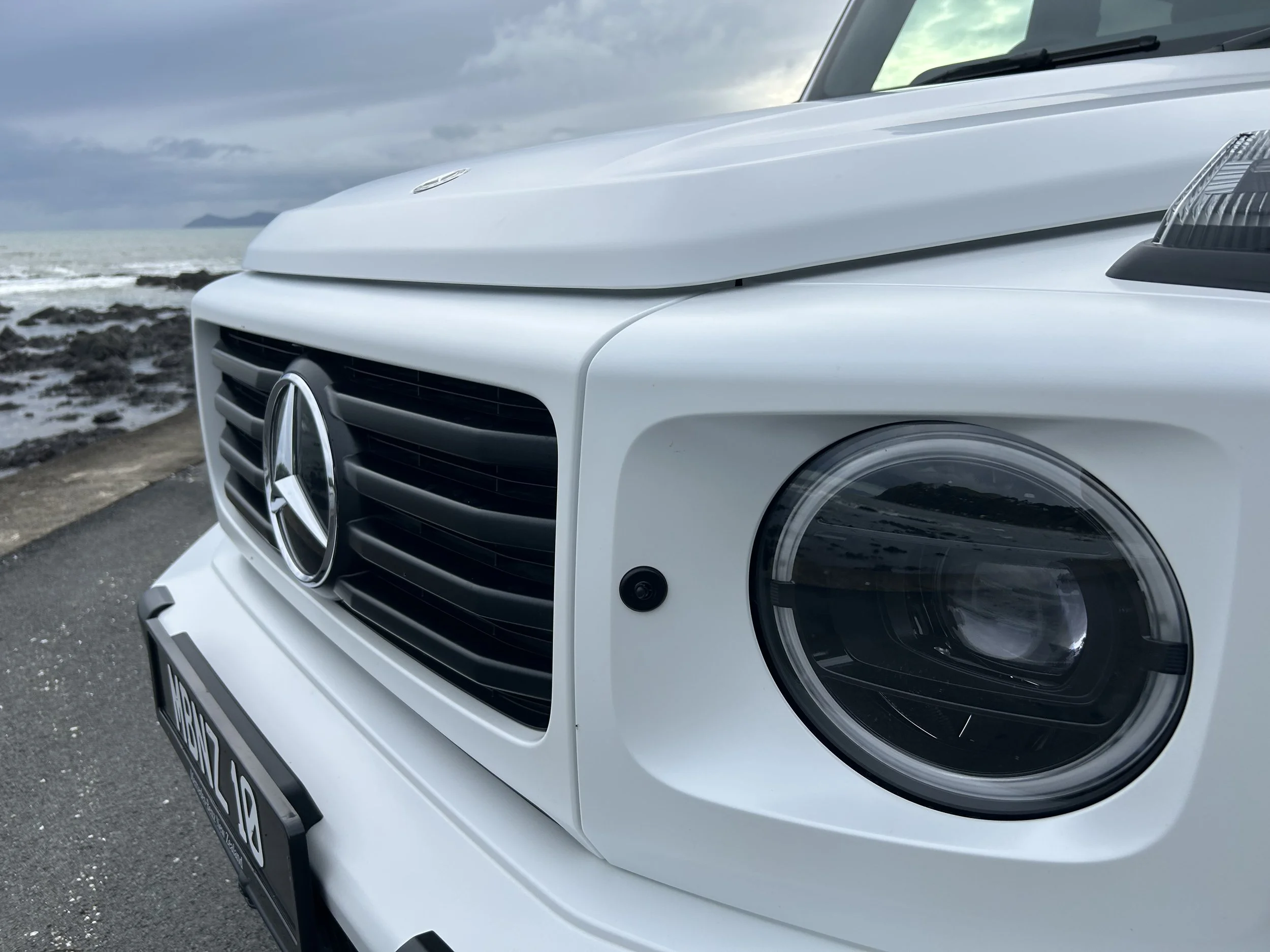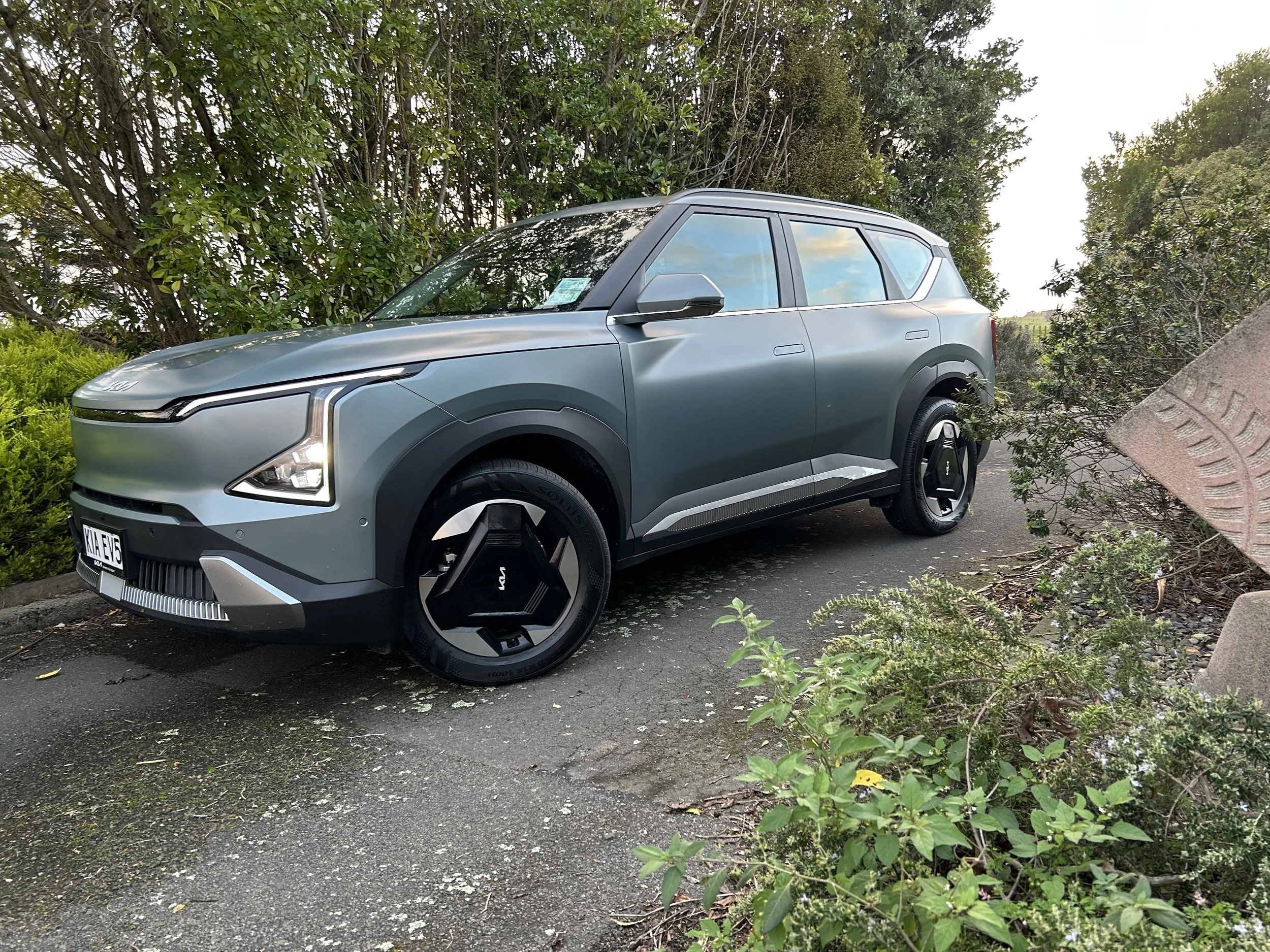BYD close to NZ release?
/Budget brand has launched website, taking ‘pre-orders’ now.
ACTIVATION of a website with detail about to place a ‘pre-order’ is among recent activity fuelling speculation the world’s fourth-largest producer of electric vehicles is closer to actioning intent to sell cars here.
Conjecture within the local new vehicle sector that Chinese car-manufacturing giant BYD is about to make good on a promise to fully enter the scene, as an affordable electric vehicle marque, has risen in recent weeks.
Another step forward toward realisation of product availability is the appointment of a national brand manager by distributor Nexport.
The Australia-headquartered concern has chosen a Kiwi whose extensive industry involvement includes time with another, now well-established Chinese commercial vehicle brand.
The web address, BYDauto.co.nz, went active several days ago and features detail on the make, some international PR puff pieces and detail about Atto 3, the first car it plans to sell here. It has a ‘find a showroom’ click through that, when activated, simply states ‘we are hard at work finalising our BYD Auto showrooms all over New Zealand. We will update you with our locations as soon as possible.’
It’s been almost two years since Nexport gained rights to represent BYD in Australia and NZ. The local order book was set to open in July 2021, with its first models initially said to arrive in March 2022, but the wheels fell off that plan.
BYD has now established in Australia, also starting with the Atto 3, a compact hatchback, with deliveries expected to begin next month, and more models said to be en route in time.
Atto 3 was centre of interest last month when BYD promised it would have a five-star safety rating. But from what authority? The vehicle is yet to be crash-tested by the independent authority that has sway across the Tasman and here, the Australasian New Car Assessment Programme.
Known as the Yuan Plus on its home turf, the five-door Atto 3 sells from the equivalent of $NZ49,000 in Australia (before on-road) for the entry-level variant.
Should that price carry over to NZ, then the car might squeak in as the cheapest new electric choice here, bumping out the current holder of that status, MG.
The latter’s ZS EV has been the least expensive electric for the past year, but the version that took the title has now departed. In its place, also from next month, are updated editions – a $52,990 Essence that in spec relates more strongly to the provisions with the outgoing model that was the second-most popular electric choice with Kiwis last year – and a new base car, called Excite, which is posting at $49,990 (so $1000 more than the original).
All prices preclude the Governments Clean Car rebate for electrics which, when achieved, slices $8625 from the sticker.
In entry-level, 'Superior' standard-range guise, the Australia market Atto 3 runs a single electric motor that puts 150kW/310Nm to the front wheels, allowing the 0-100kmh sprint to be completed in a claimed 7.3 seconds on the way to a top speed of 160km/h.
A 50.1kWh lithium-ion 'Blade' battery pack permits a claimed maximum driving range of 400km between charges (or 320km estimated according to European WLTP procedures).
The updated MG ZS EV pairs a 51kWh battery to a 130kW/280Nm electric motor driving the front wheels for a 8.6-second 0-100kmh time, and 320km of claimed WLTP driving range.
That’s more range and better outputs than those meted by the original car, which has a 44.5kWh battery and a 105kW/353Nm electric motor, good for 263km of claimed WLTP driving range. However, the 0-100kmh time falls off by 0.4 seconds.
MG now also builds a more potent ZS EV in right hand drive, but it’s not being considered for NZ. That edition, called the ‘long range’, has a 72kWh battery with a 115kW/280Nm electric motor, delivering an increased driving range claim of 440km. It has the same 0-100kmh time as the 51kWh car.
A third budget brand from China is also lining up for NZ is Great Wall Motors’ offshoot Ora, whose best known products are small city hatchbacks sold under the ‘Cat’ branding.
The Good Cat was designated as an early possibility but the Funky Cat, which looks a bit like a modern interpretation of the early VW Beetle but in rive-door form, is now in right hand drive production.
One big question mark that’s been hanging over BYD – which stands for ‘Build Your Dreams’ – is whether it set out to establish via the traditional pathway, with retailers, or would try to sell online, as per Australia.
BYD is a fast mover among China’s electric car makers. The brand itself only founded in 1995, to make lithium batteries for consumer electronics - it once produced half the world’s cellphone batteries – then branched into car production in 2002.
Seven years on, it had China’s best-selling car, the F3, a doppelganger of the nineth generation Toyota Corolla.
Key to BYD’s success has been its battery technology. It has mastered a type of lithium-ion technology. Crucially, these “LFP” batteries – known as the blade due to the long, thin shape - use only lithium, iron and phosphate, materials that are all abundant in the earth’s crust, while avoiding controversial metals such as cobalt and nickel.
When the chemistry behind these batteries was discovered, the practical applications for the material were thought to be low, due to its low conductivity and limited ability to store energy.
But BYD has increased the amount of energy that the batteries can hold by overhauling the engineering. While most car batteries contain cells placed together into a module and then a pack, BYD has built simple, long thin battery cells and placed them directly into a battery pack.
At 96cm long and nine centimetres wide, BYD can pack 50 percent more cells into the battery pack compared to conventional LFP batteries, according to the company. As a result, BYD says its Tang EV can reach a range of 400km on one charge — similar to a standard range Tesla Model 3 car. The batteries can also be easily recycled and can last for over one million kilometres of driving, according to BYD.
It’s also safer, which is critical for carmakers since any failures can lead to expensive recalls.
BYD’s journey so far has already generated a fortune for BYD’s founder Wang Chuanfu and early backer Warren Buffett. Since Buffett’s Berkshire Hathaway bought 10 percent of BYD for $US232m in 2008 its shares have risen by over 3000 percent, making Buffett’s stake now worth $US6.9bn and one of his most successful investments after Apple.





